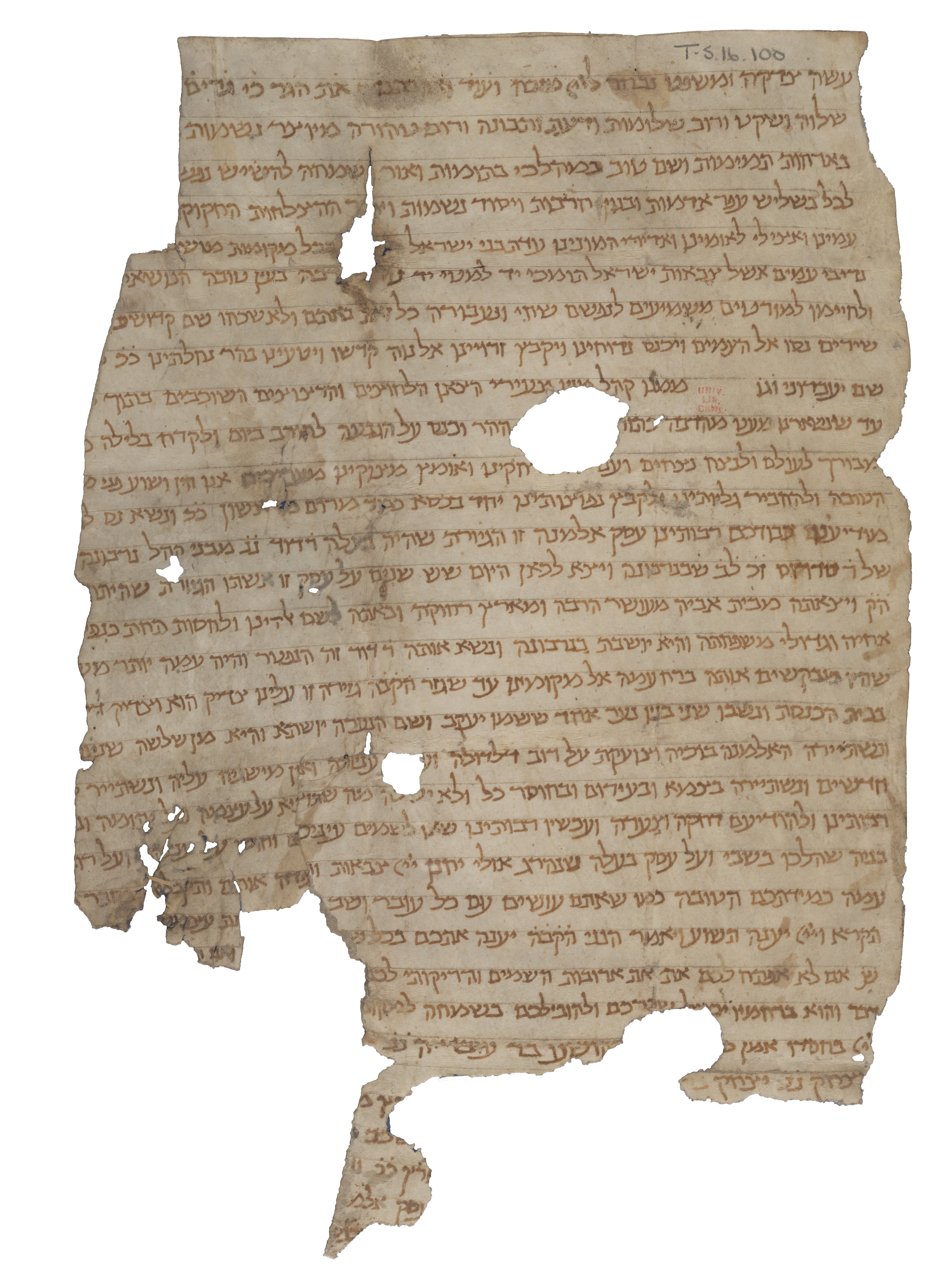Web: Genizah podcasts and more on the Letter of the Convert

The Cairo Genizah was the focus of four ‘History for the Curious’ podcasts by Rabbi Aubrey Hersch and Rabbi Mena Reisner during the month of May 2022. Early listeners to the fourth episode had the opportunity to grab a place on a tour to Cambridge to see the fragments in person, and we were delighted to welcome the lucky group on 22nd July.
A liar, a smuggler and a forger. All after the prize - the most lucrative of the 19th century. Meanwhile Cairo is opening up to foreigners...
One single fragment changed history forever. Giving access to personal letters, handbooks for magic and even some Yiddish... Although putting Bible critics in their place was sweet revenge too.
Geniza III: Pre-Nups, Politics & Palestine.
Egypt dominates international sea trade, and the Jews share the success. But Women's Rights are on the agenda, the Chief Rabbi is taken to court and egos get in the way of truth.
Geniza IV: Poetry, Government and the European Saga.
The greatest Jewish poet lived during the 11th century. But are the legends true? And why does the government feature so often in the Genizah?
The Genizah also inspired a recent revisiting of the story of the Letter of the Convert, by Dr. Henry Abramson (‘The Letter of the Convert: A Survival Story of the Crusades’). The story of a woman and her family caught up in a wave of antisemitic persecution in Europe at the end of the 11th century, found in the fragment T-S 16.100 and fictionalised in the play Sybilla (by Brian Allison) and the novel The Convert (Stefan Hertmans), has been a source of interest and debate for scholars for almost a century. The identification of a massacre site, placed by Jacob Mann in Anjou and by Norman Golb in Monieux, is believed by Edna Engel and Yosef Yahalom to be more likely Muño, a conclusion also reached by the Genizah Unit’s Ben Outhwaite (see Ben’s July 2020 Fragment of the Month in which he set out his reasoning for the identification of Muño over Monieux, correcting the 'historical libel against this remote and predominantly peaceful corner of France').

Add new comment